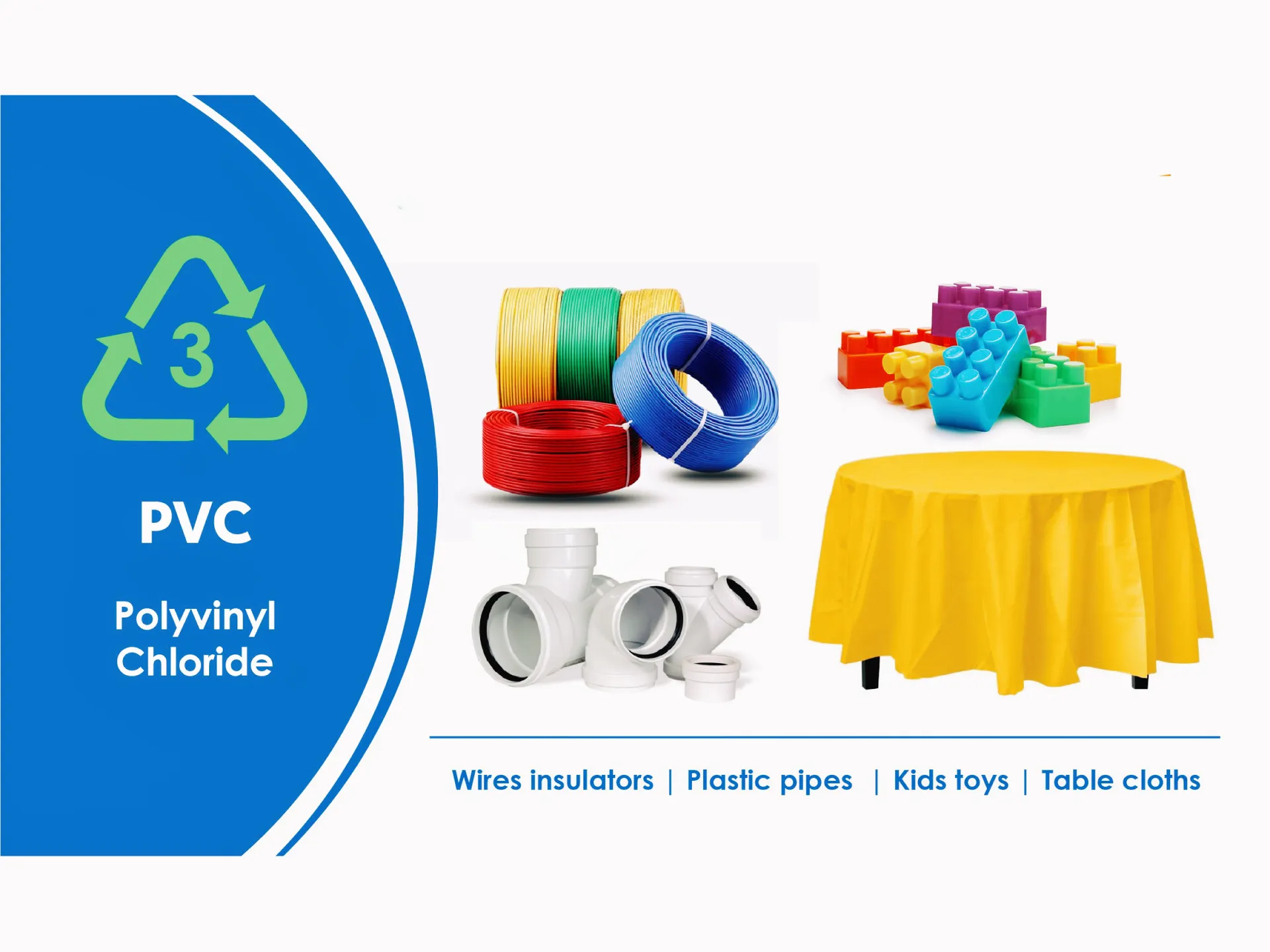Polyvinyl chloride (PVC) ranks as the third most produced synthetic plastic polymer globally, following polyethylene and polypropylene. In 2018, the global production volume of PVC reached approximately 44.3 million metric tons, with projections estimating an increase to nearly 60 million metric tons by 2025. This substantial production underscores PVC’s extensive application across various industries, notably in construction, packaging, and medical devices, due to its versatility and durability.
PVC Disposal Statistics
- Global Plastic Waste: Annually, the world generates around 300 million tons of plastic waste, with PVC contributing to this total. Single-use plastics, including certain PVC products, constitute about 50% of annual plastic production, with plastic packaging accounting for 40% of total consumption.
- Recycling: The recycling rate for plastics remains low, with only about 9% of all plastic waste being recycled. PVC recycling presents challenges due to its composition and the additives used; however, initiatives are underway to enhance recycling rates through specialized programs.
- Disposal: A significant portion of plastic waste, including PVC, ends up in landfills or the natural environment. Approximately 79% of all plastic waste accumulates in landfills or leaks into the environment, while 12% is incinerated. Improper disposal of PVC can lead to environmental concerns due to the release of toxic substances like phthalates and heavy metals used as stabilizers.
- Ocean Plastic: Plastic waste, including PVC, contributes to ocean pollution. An estimated 30 million tons of plastic waste have accumulated in seas and oceans, with a further 109 million tons in rivers, indicating a significant environmental challenge.
- Country-specific Disposal: The generation of plastic waste per capita varies significantly by country. For instance, in 2019, the United States produced about 221 kg of plastic waste per person annually, compared to 69 kg in Japan and Korea, highlighting differing levels of PVC and other plastic use and disposal practices globally.
Challenges and Initiatives
- Environmental Impact: PVC disposal poses environmental challenges due to its long degradation time and potential to release harmful chemicals. Initiatives such as reducing plasticizers in PVC products and improving waste management practices are ongoing to mitigate these impacts.
- Policy and Regulation: Efforts are underway to regulate PVC more stringently, particularly concerning its additives. In Europe, there is a push to phase out lead-based stabilizers and reduce cadmium use in PVC products, aiming to lessen environmental and health risks.
- Public and Corporate Responsibility: Increasing awareness and action from both public and corporate sectors are evident. For example, incidents like the underpayment of disposal fees by large corporations highlight issues in current waste management systems, prompting calls for better accountability and practices.



